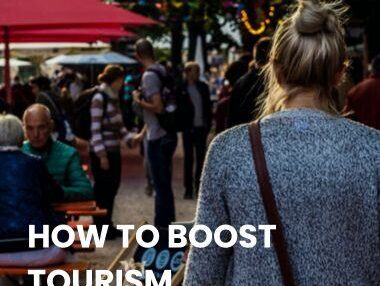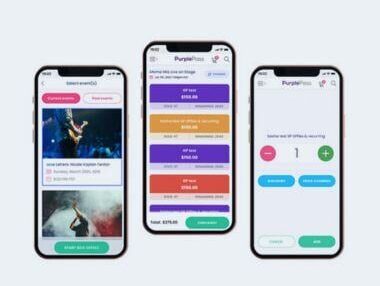Embracing Micro Events: Marketing Strategies Using Micro Events
In recent years, there has been a noticeable shift in the event industry towards smaller, more intimate gatherings and micro-events. Event organizers are increasingly recognizing the value of creating personalized, immersive experiences that cater to a select audience.
In this blog, we'll explore the trend of intimate and micro-events, why they're gaining popularity, and provide tips on how event organizers can effectively market and promote these events.

The Trend Towards Intimate and Micro Events
The traditional concept of large, majestic events is evolving, and for several good reasons:
-
Personalization: Smaller events allow organizers to personalize the experience for attendees, creating a stronger emotional connection and a more memorable event.
-
Increased Engagement: Intimate settings encourage more meaningful interactions among attendees, fostering networking and collaboration.
-
Cost-Effective: Micro events often require fewer resources and lower budgets, making them a cost-effective option for event organizers.
-
Safety and Comfort: Smaller gatherings align with safety and health considerations, especially in a post-pandemic world, ensuring the comfort and well-being of attendees.
Marketing Strategies for Intimate and Micro Events
Now that we understand why intimate and micro events are on the rise, let's explore marketing strategies to make the most of this trend:
-
Define Your Audience Clearly: Identify your target audience and their specific interests. Understanding their preferences and pain points will help tailor your event to their needs.
-
Create a Unique Value Proposition: Highlight what makes your intimate or micro event special. Whether it's exclusive access, personalized experiences, or niche content, emphasize the unique value attendees will gain. Why is your event a must-attend?!
-
Leverage Personal Connections: Smaller events allow for more personal engagement. Use this to your advantage by fostering one-on-one connections with potential attendees through personalized outreach and invitations.
-
Utilize Social Proof: Showcase testimonials and endorsements from past attendees or influential figures in your industry. Positive feedback can build trust and credibility, especially for new events.
-
Limited Ticket Availability: Emphasize the exclusivity of your event by limiting the number of available tickets. The fear of missing out (FOMO) can drive potential attendees to register early.
-
Engage on Social Media: Use social media platforms to build anticipation for your event. Share behind-the-scenes content, teasers, and interactive posts to engage your audience and create buzz.
-
Email Marketing: Craft compelling email campaigns targeting potential attendees. Share details about the event, the benefits of attending, and any early-bird promotions.
-
Content Marketing: Create valuable content related to your event's theme or industry. Blog posts, videos, webinars, or podcasts can position you as an authority and attract like-minded individuals.
-
Collaborate with Influencers: Partner with influencers or thought leaders in your industry to promote your event. Their endorsement can expand your reach and credibility.
-
Engage Local Communities: If your event is location-based, engage with local communities, businesses, and organizations. Collaborate with them for cross-promotion and support.
Tips for Event Promotion
-
Leverage Event Websites: Create a dedicated event website or landing page where attendees can find all event-related information, register, and interact with your content.
-
Utilize Event Management Software: Invest in event management software to streamline registration, ticketing, and attendee communication.
-
Engage with Attendees Pre-Event: Engage with attendees through webinars, virtual meetups, or forums before the event. Building a sense of community before the event enhances anticipation.
-
Personalized Invitations: Send personalized invitations to your target audience, highlighting how the event aligns with their interests and goals.
-
Host Virtual Tours: Offer virtual tours or sneak peeks of the event venue or activities. This gives potential attendees a taste of what to expect.
-
Create Interactive Content: Organize interactive contests, polls, or challenges on social media to keep the audience engaged and excited about the event.
-
Provide Networking Opportunities: Highlight networking opportunities as a key benefit of attending. Use event apps or platforms to facilitate attendee connections.
-
Post-Event Engagement: Don't let the connection end after the event. Follow up with attendees, share post-event content, and ask for feedback and testimonials.
|
Request your venue seating map We build an unlimited amount of maps for |
In conclusion, the trend towards intimate and micro events is reshaping the event industry. Event organizers can tap into this trend by crafting unique experiences, defining their audience, and employing effective marketing strategies. Leveraging social media, email marketing, and engaging content can help create buzz and draw attendees to your event.
Ultimately, the success of intimate and micro events lies in providing personalized and memorable experiences that leave a lasting impact on attendees.







